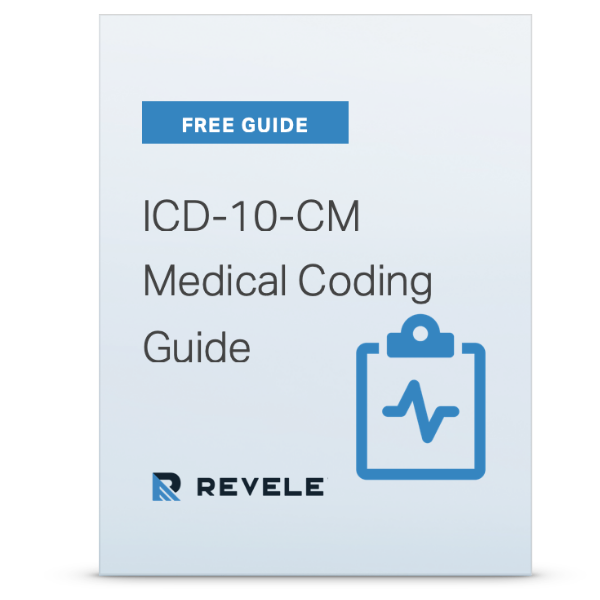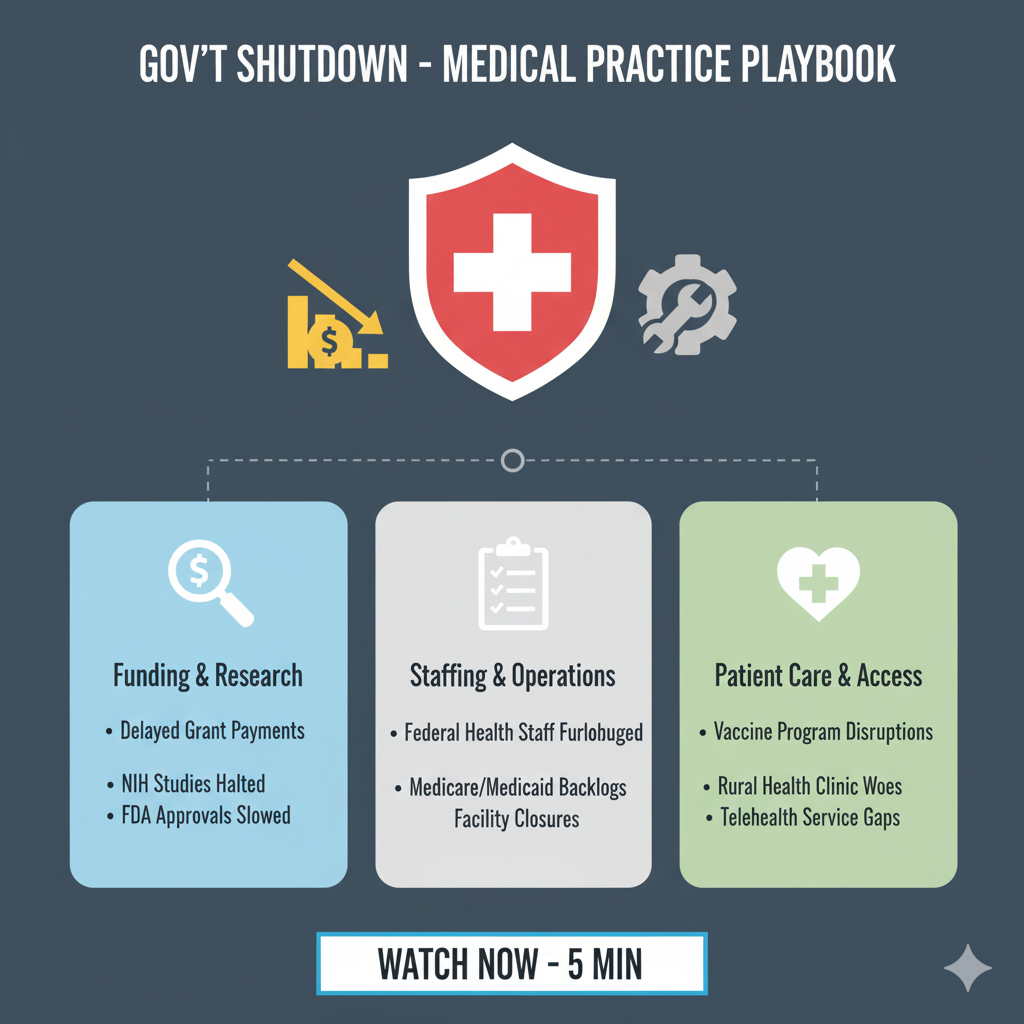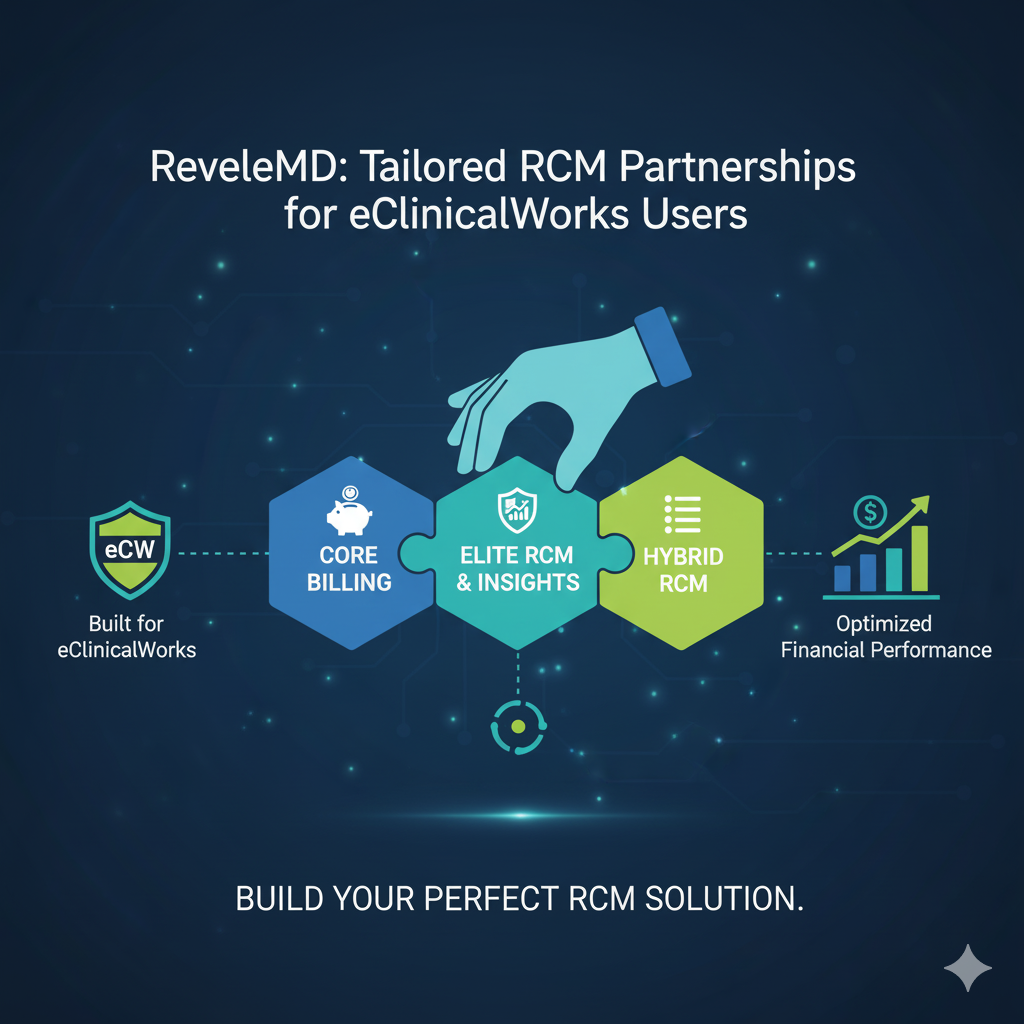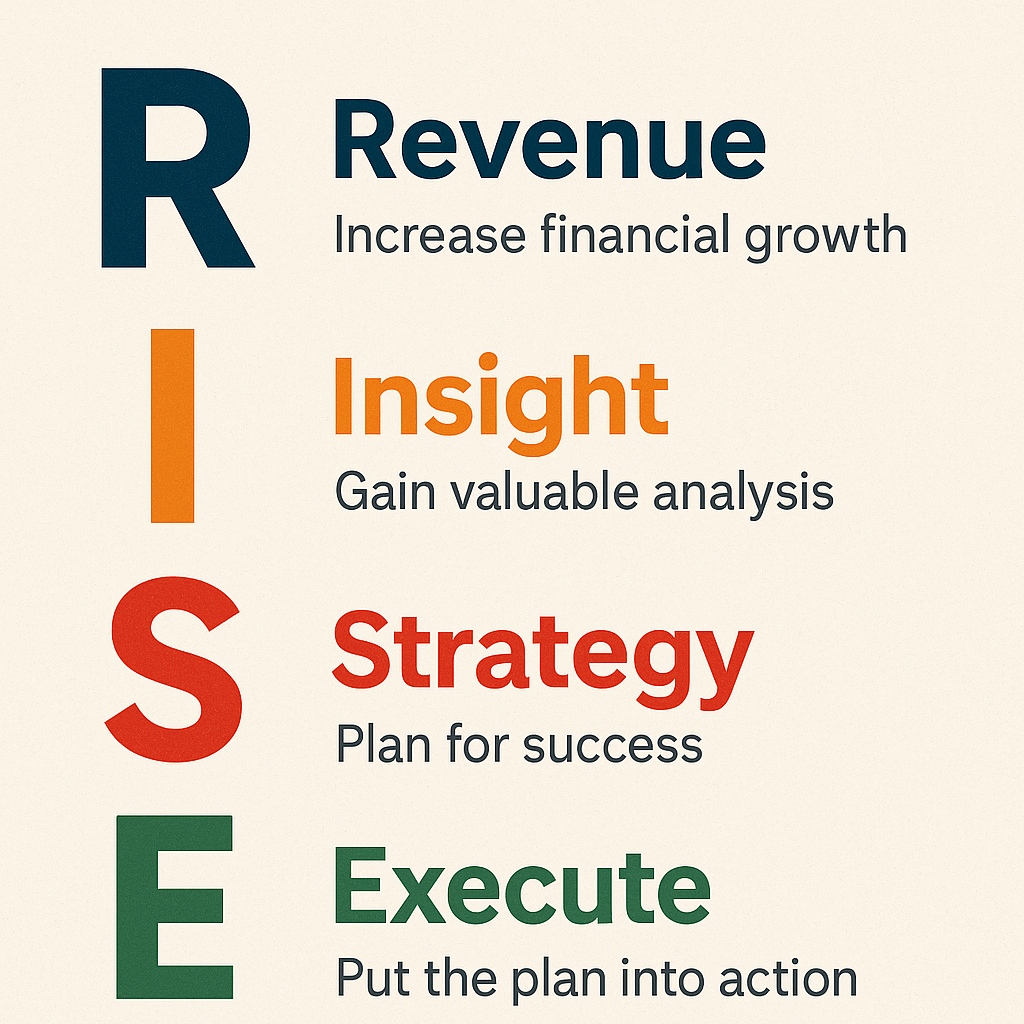Unhappy staff at your practice? Now, more than ever, having happier and more engaged employees is crucial to your practice's success. The shift to value-based care is placing a new kind of importance on patient satisfaction and with the reputational effects coming with the Merit-based Incentive Payment System, practices can't afford to ignore patient experience and satisfaction.
Why is Patient Satisfaction Important?
For the first time, consumers will be able to see their clinicians rated on a scale of 0 to 100 and how their clinicians compare to peers nationally. CMS will publish each eligible clinician's annual final score and the scores for each MIPS performance category within 12 months after the end of the relevant performance year.
With higher out-of-pocket costs for healthcare, consumers are starting to seek quality for cost and comparing clinicians performance. A study found that 65% of consumers are aware of online physician rating sites and that 36% of consumers had used a ratings site at least once.The CMS Physician Compare website will display a clinicians MIPS score for consumers to browse and consider this information when selecting a healthcare provider.
So while most clinicians have long been critical of patient satisfaction surveys and their ability to measure the patient's experience, focusing on improving the patient experience is going to become even more crucial as the reputational impacts are seen with published MIPS scores.
Patient Satisfaction, Engagement, and Clinical Outcomes
Today, data linking clinical measures of quality and patient satisfaction may be lacking but there is growing evidence showing that patients who are more activated have better health outcomes.
In fact, an Annals of Family Medicine article(www.annfammed.org) from 2008 looked at how patients' commitment to, and trust in, the patient-physician relationship affected their willingness to adhere to medical advice. After analyzing survey data from more than 850 patients, researchers found a positive association between this trust and commitment and patients' adherence to healthy eating behaviors recommended by their physician.
So how can your practice get started in building trust and commitment at every interaction? To start, we need to look at the foundation of your practice, the employees. The office administrators, the nursing staff, billing office, front desk staff, and everyone else that is interacting with patients in one way or another. Are they happy?
Employee Happiness
Less than happy employees can cause more problems than just high turnover at your practice. Research suggests that the happy actually tend to out-perform the less happy.
Gretchen Rubin, one of the most thought-provoking and influential writers on habits and happiness, also writes that in addition to happier people outperforming the less happy "they work better with others, because people prefer to be around happier people, who are also less likely to show counterproductive behaviors like burnout, absenteeism, counter and non-productive work, work disputes, or retaliatory behavior than are less-happy people."
Performance aside, when it comes to nurses, according to a recent Gallup study, higher nurse engagement scores lead to lower patient mortality and complications. Higher nurse satisfaction resulted in an 87 percent decrease in infection rate over two years, according to data from the National Database of Nursing Quality Indicators (NDNQI).
Related: The Impact of Nurse Leadership Styles on Performance and Patient Outcomes
Happiness and engagement, or lack thereof, at work can lead to dramatically different outcomes. To understand where you might be falling short on the employee happiness spectrum, you can first try to understand what contributes to employee unhappiness. Referral MD published a great article outlining the 7 main reasons employees are unhappy which includes:
- Feeling underappreciated
- Vague job responsibilities/descriptions
- Lack of continued education
- Being underpaid
- Old software and equipment
- Feeling overworked
- Lack of fun
Targeting each of these areas of your practice can deliver real results in terms of employee engagement and happiness. Here are a few suggestions to get you started on the path of improving employee happiness and patient satisfaction.
1. Evaluate Staff Salaries
Take a look at your staff salaries and see how they line up with other regions of the country. Physicians Practice recently published results from their 2017 Staff Salary Survey which had 1,082 respondents. You can find the data broken down by the following regions:
- Northeast (CT, ME, MA, NH, NJ, NY, PA, VT)
- Mid-Atlantic (DC, DE, KY, MD, NC, TN, VA, WV)
- Southeast (AL, FL, GA, MS, SC)
- South-Central (AR, LA, MO, OK, TX)
- Plains & Rockies/North-Central (CO, IA, ID, IL, IN, KS, MI, MN, MT, NE, ND, OH, SD, UT, WY)
- West (AZ, NV, NM, AK, CA, HI, OR, WA)
Click here to check out the regional data on key positions in medical practices broken out by years of experience.
2. Collect Employee Feedback
To make improvements to your practice's culture and employee happiness, it's always good to know where you might already be falling short. Putting in place a tool to help you gather feedback from your staff will provide valuable feedback that allows you to make changes that deliver results that employees want.
A few tools you can use include:
3. Make Ongoing Education a Priority
Make education a priority through tuition reimbursement or leverage your in-house talent and build out a training program to help employees steadily grow and develop new skills.
Conferences are also a great way to help your employee network with like minded professionals and learn new skills that they can use upon their return to improve your practice. Some noteworthy conferences to consider include:
- Health Care Administrators Association (HCAA) 2016 Executive Forum
- 2016 Healthcare Information and Management Systems Society (HIMSS) Annual Conference & Exhibition
- Healthcare IT Marketing and PR Conference
- American Association of Professional Coders (AAPC) HealthCon 2016
- Health Datapalooza
- Healthcare Financial Management Association (HFMA): Annual National Institute
- Association for Healthcare Administrative Professionals (AHCAP)
- Association for Healthcare Resource & Materials Management (AHRMM): Collaborating To Achieve the Triple Aim
- Healthcare Billing & Management Association (HBMA) Fall Annual Conference
- American Society for Healthcare Human Resources Administration (ASHHRA) Annual Conference
- American Health Information Management Association (AHIMA) Convention & Exhibit
- Medical Group Management Association (MGMA)
4. Update Software and Systems
Evaluate your current hardware and software. What is outdated and could be replaced? Do employees have all of the necessary equipment they need to fulfill their job requirements with ease?
Also, make sure you aren't still using Internet Explore 6 and Windows XP since both of these applications are no longer supported. Using either could lead to a number of vulnerabilities and HIPAA violations.
You should also check with your EHR vendor to see if there is a new version of your EHR software available. Upgrading your EHR version can lead to a number of benefits and possibly new features and tools to save your staff time and improve operations.
5. Add Some Fun!
Adding some fun to your culture improves relationships and morale and doesn't have to come at the cost of productivity. How you add fun into your practice will largely depend on the size of your practice but here are a few ideas:
- Schedule team volunteer opportunities
- Have a casual Friday
- Join a softball league or participate in a 5k together
- Encourage fun as a part of your culture and define it for your employees
- Cater in lunch each month to celebrate birthdays, special events, etc.
- Organize a "fun" committee to come up with ideas for at work and outside of work
INTEGRATED SOLUTIONS
Conquer the New Age of RCM
Learn how Revele's EMR and RCM solutions are helping
physician groups and health systems reduce costs and increase revenue.








